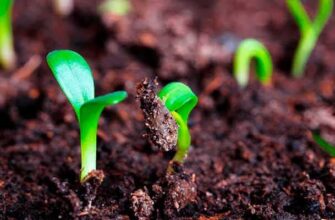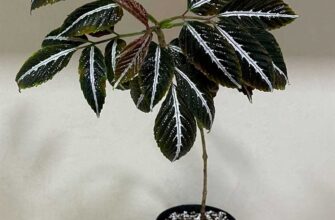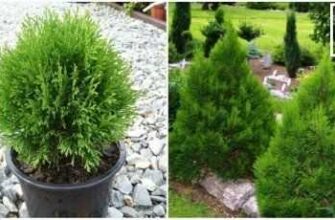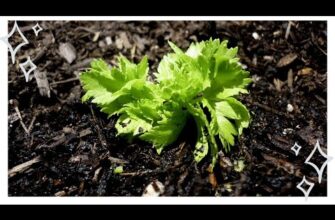- Ромашка полевая
- Описание
- Выращивание
- Преимущества
- Астра многолетняя
- Георгин
- Левкой для сада: красота на один сезон
- Календула официнальная
- Петуния
- Гелиотроп: отличный выбор цветов для сада
- Посадка гелиотропа в саду:
- Уход за гелиотропом в саду:
- Цинерария морская
- Описание
- Выбор места и посадка
- Уход
- Применение
- Маргаритка
- Настурция
- Бальзамин ланцетолистный
- Вопрос-ответ:
- Какие сорта однолетних цветов подойдут для сада с тенью?
- Какие однолетние цветы лучше всего подойдут для украшения балкона?
- Какие сорта однолетних цветов прекрасно подходят для создания клумбы?
- Какие однолетние цветы можно посадить в вазу?
- Какие однолетние цветы прекрасно подойдут для создания цветников?
- Видео:
- ОДНОЛЕТНИЕ ЦВЕТЫ для дачи. 10 простых и эффектных растений. ПОДБОРКА ДЛЯ ЛЕНИВЫХ!

Цветы играют важную роль в оформлении сада, придавая ему красоту и уют. Одним из самых популярных вариантов для создания ярких и красочных композиций являются однолетние растения. Они отличаются своей неприхотливостью и быстрым ростом, а также могут радовать взгляд своими яркими цветами на протяжении всего сезона.
Выбор сортов однолетних цветов для сада очень велик. Среди них можно найти разнообразные цветочные композиции: от нежных и романтических до ярких и контрастных. Однако, при выборе стоит учитывать особенности климата и условий выращивания, чтобы цветы хорошо прижились и радовали своим цветением.
Важным фактором при выборе однолетних цветов для сада является их цветовая гамма. Она должна гармонично вписываться в окружающую природу и дополнять ее цветовой палитрой. Например, для создания романтического и нежного настроения можно выбрать однолетние цветы в пастельных тонах, такие как лаванда, розовый, голубой. А для создания яркого и контрастного акцента подойдут однолетние цветы ярких и насыщенных цветов, такие как красный, оранжевый или фиолетовый.
Ромашка полевая

Описание
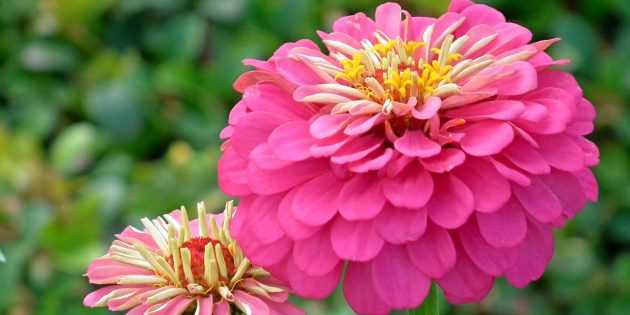
Ромашка полевая — однолетнее растение из семейства астровых. Она имеет прямые стебли, достигающие высоты до 70 см. Листья ромашки полевой ланцетные, зеленого цвета. У растения многоцветковые корзинки, окруженные белыми лепестками, которые придают цветку характерный вид.
Выращивание
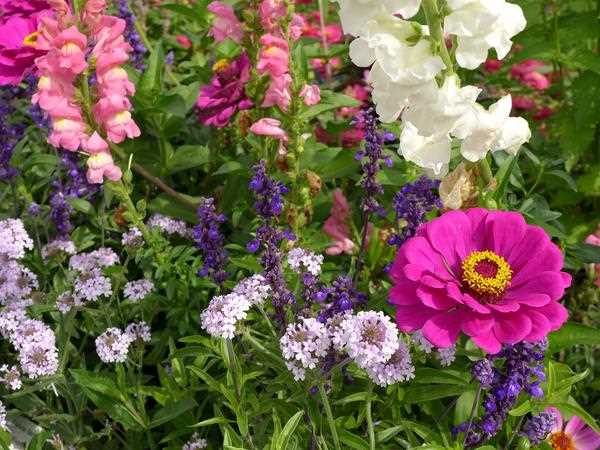
Ромашка полевая отлично подходит для оформления клумб и газонов, а также для использования в срезке. Для выращивания ромашки полевой необходима солнечная или полутенистая локация. Почва должна быть плодородной и хорошо дренированной. Семена ромашки полевой лучше всего посеять в начале весны или осенью.
Растение требует умеренного полива, не переносит затопления и частых пересыханий почвы. Ромашка полевая легко размножается семенами, и уход за ней не требует особых усилий.
Преимущества
- Красивые белые цветы с желтоватыми центрами создадут свежий и нежный акцент в вашем саду.
- Растение привлекает пчел и других полезных насекомых, которые помогут опылить другие цветы и растения в вашем саду.
- Ромашка полевая не требует сложного ухода и хорошо переносит периоды засухи.
- Однолетний цветок, который будет радовать вас своими яркими цветами весь сезон.
Астра многолетняя

Астра многолетняя – это цветок, который отлично подойдет для оформления сада. Она является одной из самых популярных многолетних цветов благодаря своей красоте и разнообразию сортов. Астра может быть различных форм и размеров, она может быть как мелколистной, так и крупнолистной.
Цветы астры многолетней обычно имеют яркую окраску, которая может быть разнообразной, от белой и розовой до синей и фиолетовой. Они также имеют приятный аромат, который привлекает пчел и других полезных насекомых.
Астра многолетняя является неприхотливым растением, которое хорошо переносит холодные зимы и жаркие летние дни. Она не требует особого ухода и может быть выращена как на солнечных, так и на полутенистых участках сада.
Цветы астры многолетней могут использоваться для создания красивых цветочных клумб, рабаток, бордюров и миксбордеров. Они также хорошо смотрятся в садовых вазонах и горшках, что позволяет использовать их для декорирования террас и балконов.
Георгин
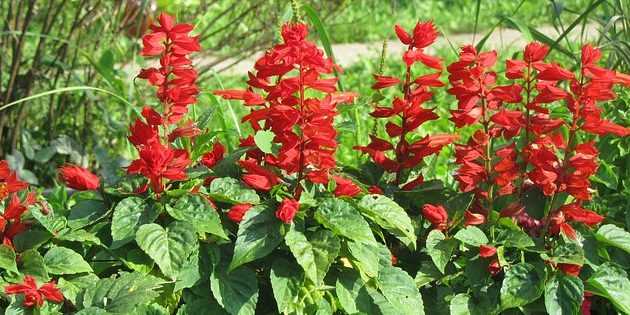
Георгин — однолетнее растение семейства астровых. Эти прекрасные цветы могут стать настоящим украшением сада или цветочной клумбы.
Георгины отличаются разнообразием цветов и форм цветков. Они могут быть одиночными или махровыми, розовыми, красными, желтыми или оранжевыми. Георгины также отличаются по высоте — от 30 сантиметров до полутора метров.
Георгины прекрасно подходят для посадки в группах или миксбордерах. Они также выглядят замечательно в срезке и могут быть использованы для создания красивых букетов. Георгины цветут с июля по октябрь, радуя глаз своими яркими и красивыми цветами.
Левкой для сада: красота на один сезон
Левкой – это однолетнее растение, которое прекрасно подойдет для оформления сада. Ее красивые цветы и разнообразные сорта сделают вашу клумбу неповторимой и яркой. Левкой отлично смотрится как в одиночных посадках, так и в сочетании с другими цветами.
Сорта левкой различаются по высоте и форме цветков. Вы можете выбрать самый подходящий для вас вариант. Некоторые сорта имеют раскидистые кусты с множеством цветков, другие – высокие стебли с крупными бутонами на верхушке. Среди популярных сортов левкой можно выделить «Роза», «Карнавал», «Фриволь», «Каприз» и другие.
Левкой неприхотлива в уходе. Она предпочитает солнечное место и умеренное поливание. Растение будет прекрасно расти на плодородных почвах с хорошей влагоудерживающей способностью. Чтобы левкой радовала вас своими яркими цветами на протяжении всего сезона, регулярно удаляйте увядшие цветки и обрызгивайте растение от вредителей.
Левкой можно садить как в группах, так и вдоль дорожек и границ. Она будет отлично смотреться в компании с другими однолетними цветами, такими как мариголды, вьюнки, антирринумы. Создайте яркую и красочную картину в своем саду с помощью левкой – это растение, которое не оставит вас равнодушными.
Календула официнальная
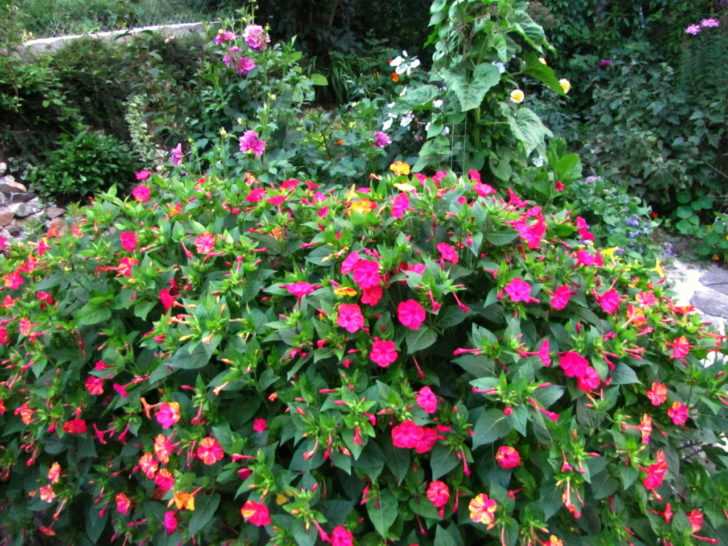
Календула официнальная – однолетнее растение из семейства астровых. Она широко используется для украшения сада благодаря своим красивым и ярким цветкам. Календула официнальная также известна под названием «подсолнух» или «маргаритка». Ее цветки могут быть различных оттенков – от желтого до оранжевого.
Календула официнальная отлично подходит для посадки в саду, так как не требует особого ухода. Она устойчива к неблагоприятным погодным условиям и может цвести длительное время. Кроме того, календула официнальная имеет лекарственные свойства и используется в народной медицине.
Для посадки календулы официнальной рекомендуется выбирать солнечные участки с плодородной почвой. Растение нуждается в регулярном поливе, особенно в жаркую погоду. Цветение начинается весной и продолжается до осени. Чтобы удлинить период цветения, следует удалять увядшие цветы и проводить регулярное подкормку.
Петуния
Петуния — это однолетнее растение, которое является незаменимым элементом цветочного сада. Она отличается своей красотой и разнообразием окраски цветков.
Садовые сорта петунии имеют разные формы и размеры цветков — от простых до махровых, от маленьких до крупных. Они представлены во множестве оттенков — от ярких и насыщенных до пастельных и нежных.
Петуния благодаря своей обильной и продолжительной цветоносности станет украшением любого сада. Ее можно высаживать в группах или использовать для создания миксбордеров.
Для ухода за петунией необходимо обеспечить ей светлое и солнечное место, умеренный полив, регулярное удаление увядших цветков и подкормки. Она требует плодородной почвы с хорошей дренажной способностью.
Гелиотроп: отличный выбор цветов для сада
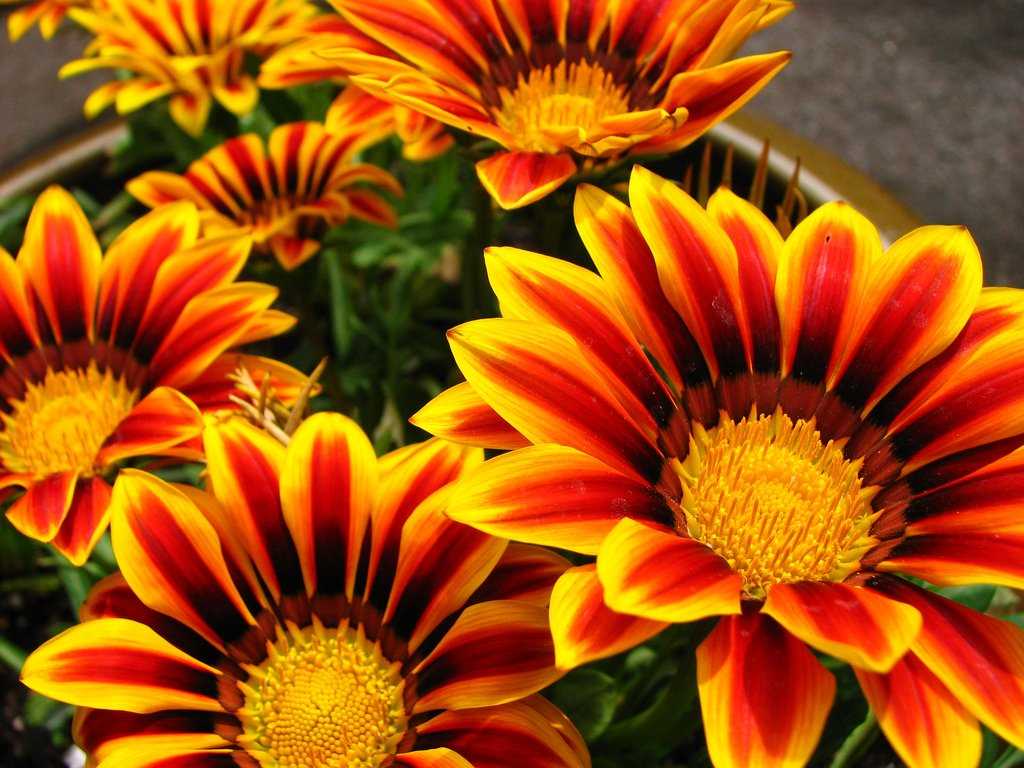
Так стоп!!! Вы всё ещё не подписаны на наши каналы в Телеграмм и Дзен? Посмотрите: ТГ - (@historyfantasydetectivechat) и Дзен (https://dzen.ru/myshortsstorys)
Гелиотроп — одна из самых популярных однолетних цветов для сада. Его привлекательные соцветия и приятный аромат привлекают внимание многих садоводов и цветоводов.
Для создания яркого и красочного сада, гелиотроп является отличным выбором. Эти цветы дополняют различные цветовые гаммы и подходят для создания контрастных композиций или заполнения пустоты в саду.
Гелиотроп является однолетним растением, которое хорошо растет как на солнце, так и в полутени. Он быстро разрастается и цветет на протяжении всего лета, радуя глаз красивыми соцветиями различных оттенков: от голубого до фиолетового.
Посадка гелиотропа в саду:
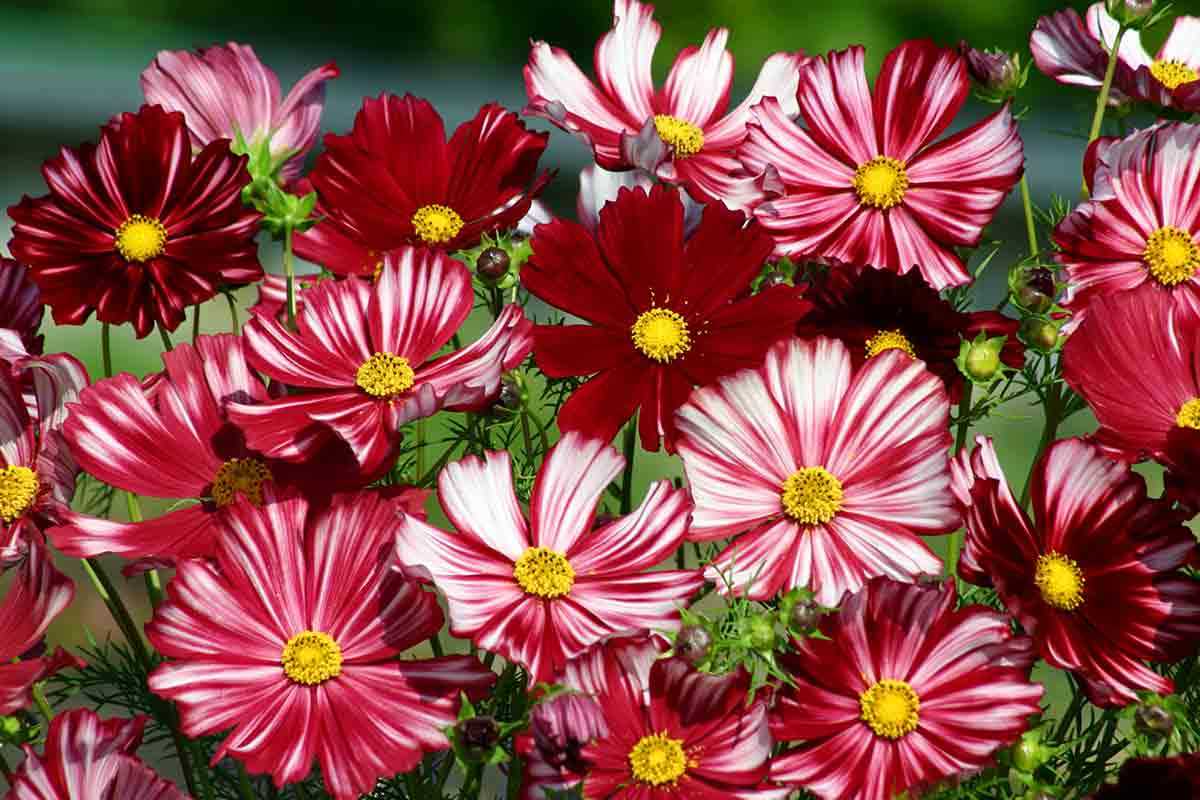
- Выберите солнечное или полутенистое место для посадки гелиотропа.
- Подготовьте почву, добавив компост или перегной для обеспечения хорошего дренажа и питательности.
- Посадите гелиотроп в заранее подготовленные ямки с интервалом около 20 см между растениями.
- Полейте посаженные растения и уходите за ними, удаляя сухие цветы и регулярно поливая.
Уход за гелиотропом в саду:
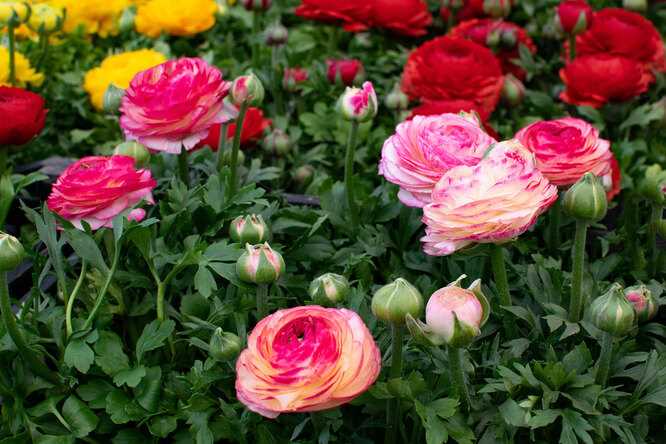
- Регулярно поливайте растение, особенно в жаркую погоду.
- Удобряйте гелиотроп раз в 2-3 недели, используя удобрение для цветущих растений.
- Удаляйте сухие и увядшие цветы, чтобы стимулировать повторное цветение.
- Проводите обрезку гелиотропа, чтобы поддерживать компактную форму растения.
Гелиотроп — отличный выбор цветов для сада, который не только украшает его своими соцветиями, но и радует приятным ароматом. Засадив гелиотроп в свой сад, вы сможете создать яркие и красочные композиции, которые будут радовать вас в течение всего сезона.
Цинерария морская
Описание
Цинерария морская — однолетнее растение, которое отличается своей изысканной красотой и яркостью цветов. Она прекрасно подходит для украшения сада и создания ярких цветочных композиций. Листья этого цветка имеют серебристый оттенок, что делает его особенно привлекательным.
Выбор места и посадка
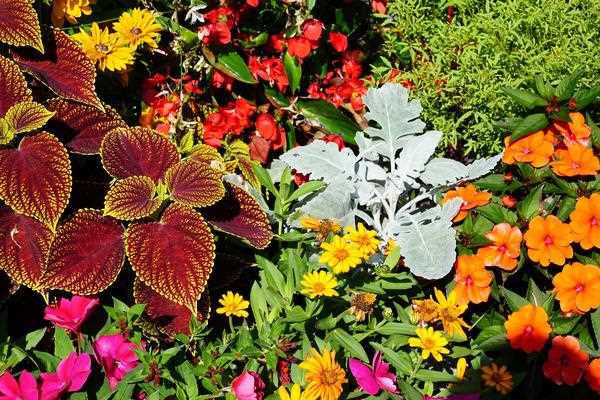
Цинерария морская предпочитает солнечные места, но может выращиваться и в полутени. Для посадки необходимо выбрать плодородный и хорошо дренированный грунт. Растение следует высаживать на расстоянии 20-25 см друг от друга, чтобы они имели достаточно места для распространения.
Уход
Уход за цинерарией морской не требует особых навыков и усилий. Регулярное поливание и рыхление грунта помогут сохранить цветущую красоту растения. При необходимости можно проводить подкормки органическими или минеральными удобрениями.
Применение
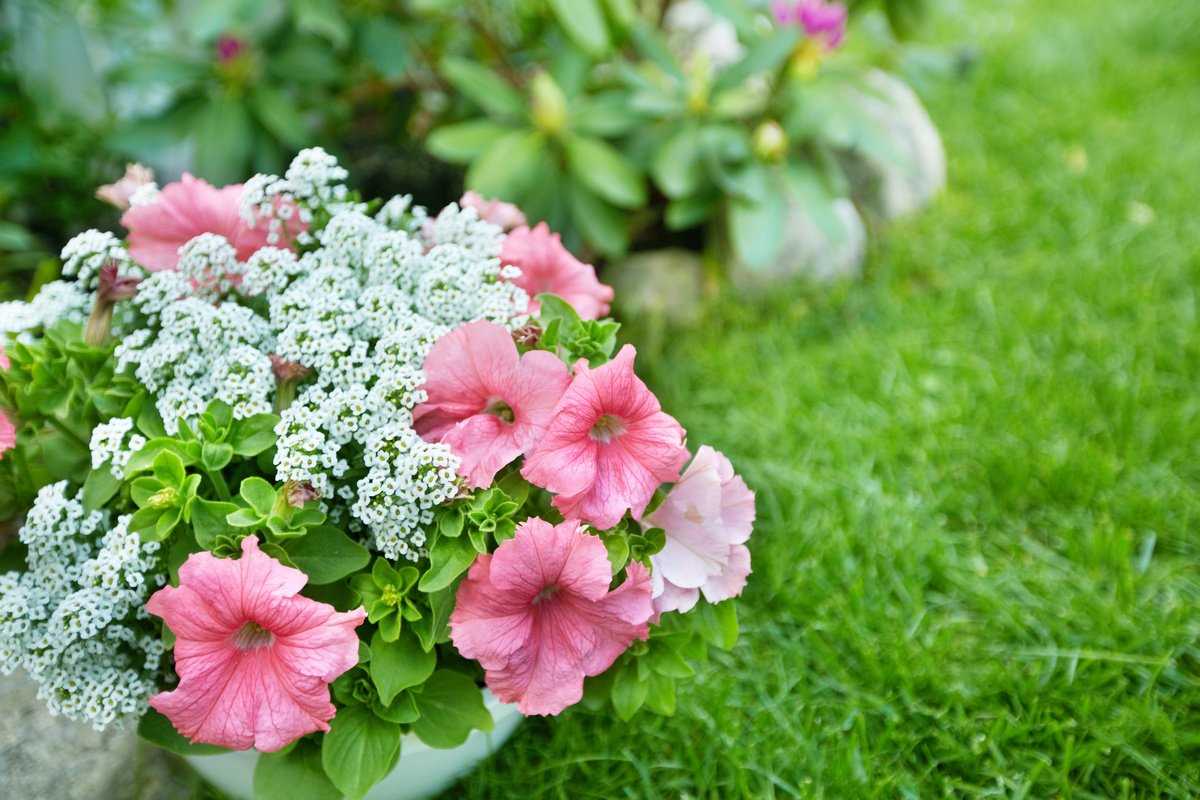
Цинерария морская прекрасно смотрится на клумбах, рабатках, в групповых посадках и в контейнерах. Ее яркие цветы станут настоящим украшением любого сада. Кроме того, цинерария морская используется в декоративных композициях и букетах. Это растение прекрасно сочетается с другими однолетними цветами и может стать центральным элементом цветочного ансамбля.
Маргаритка
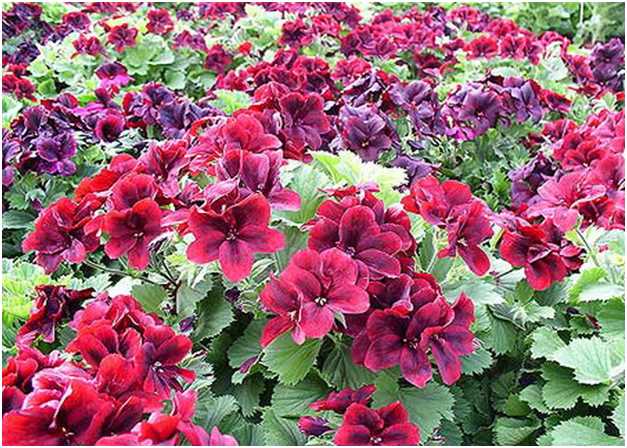
Маргаритка — однолетнее растение, которое широко используется для украшения садов и клумб. Отличается своей простотой в выращивании и обильным цветением. Цветы маргаритки имеют форму маленьких белых соцветий с ярким желтым центром.
Однолетние маргаритки предпочитают солнечные места и легкую, плодородную почву. Они могут вырастать и в горшках или контейнерах, что делает их отличным выбором для украшения балконов и веранд. Маргаритки также хорошо сочетаются с другими однолетними цветами, создавая красочные композиции.
Сорта маргаритки:
- Альпийская маргаритка — низкорослое растение с мелкими белыми цветами. Отличается устойчивостью к холоду и длительному цветению.
- Пауниевидная маргаритка — имеет крупные цветы с яркими лепестками, напоминающими павлинье перья. Хорошо смотрится в букетах и композициях.
- Аннуальная маргаритка — растение с обильным цветением, представленным белыми, розовыми или красными цветками. Идеально подходит для создания ярких клумб и рабаток.
Маргаритки также могут привлекать полезных насекомых, таких как пчелы и бабочки, что делает их полезными для экосистемы сада.
Настурция
Настурция – это однолетнее растение, которое часто используется для украшения садов и придания им яркости и красоты. Цветы настурции имеют разнообразную цветовую гамму: от ярко-желтого и оранжевого до насыщенного красного. Они могут быть как простыми, так и махровыми, что придает им особый шарм и привлекательность.
Садовая настурция обладает одной особенностью – ее цветы можно использовать в кулинарии. Они имеют сладковатый вкус и могут использоваться для украшения салатов, закусок и десертов. Кроме того, настурция обладает целебными свойствами и используется в народной медицине для лечения различных заболеваний.
Выращивание настурции в саду не представляет особых сложностей. Она является неприхотливым растением, которое отлично растет как на солнце, так и в полутени. Для посадки настурции необходима плодородная почва и регулярное поливание. Размножение происходит через семена, которые высеваются непосредственно на грядку или в горшки.
Бальзамин ланцетолистный

Бальзамин ланцетолистный (Impatiens walleriana) – это прекрасный выбор для украшения сада.
Этот однолетний цветок поражает своей яркой и разнообразной цветовой гаммой. Цветки бальзамина ланцетолистного могут быть белыми, розовыми, красными, фиолетовыми или оранжевыми. Они имеют яркие контрастные пятна и выделяются среди зеленых листьев.
Бальзамин ланцетолистный прекрасно растет и цветет в тенистых местах, но также хорошо переносит солнечные условия, если почва влажная.
Этот цветок отличается длительным цветением с начала лета до поздней осени. Бальзамин ланцетолистный привлекает внимание своей непритязательностью и устойчивостью к заболеваниям и вредителям.
Сад с бальзаминами ланцетолистными наполняется яркими красками и создает атмосферу уюта и комфорта.
Вопрос-ответ:
Какие сорта однолетних цветов подойдут для сада с тенью?
Для сада с тенью можно выбрать такие сорта однолетних цветов, как бегония, фиалка, астильба, лобелия и импатиенс. Они хорошо растут в условиях недостатка солнечного света и придадут саду уют и красоту.
Какие однолетние цветы лучше всего подойдут для украшения балкона?
Для украшения балкона можно выбрать такие однолетние цветы, как петуния, вербена, бегония, георгин, агератум и сальвия. Они отлично смотрятся в горшках или подвесных корзинах и создадут яркую и красивую атмосферу на балконе.
Какие сорта однолетних цветов прекрасно подходят для создания клумбы?
Для создания клумбы можно выбрать такие сорта однолетних цветов, как антуриум, зинния, тагетес, амми, нигелла и гелиотроп. Они имеют яркие и красочные цветы, которые будут радовать глазы и создадут уютную атмосферу в саду.
Какие однолетние цветы можно посадить в вазу?
В вазу можно посадить такие однолетние цветы, как гацания, тюльпан, нарцисс, крокус и ирис. Они прекрасно смотрятся в вазах и будут радовать глазы своей красотой и ароматом.
Какие однолетние цветы прекрасно подойдут для создания цветников?
Для создания цветников можно выбрать такие однолетние цветы, как немезия, виола, жасмин, роза и гиацинт. Они обладают яркими и насыщенными цветами, которые привлекут внимание и создадут красивый и уютный цветник.


